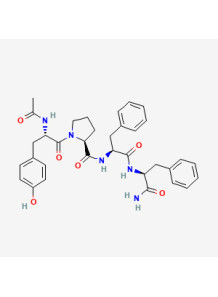Pep®-Sensyl (Acetyl Tetrapeptide-15)
Cosmetics
Code: 31067
It was developed with the aim of reducing skin hypersensitivity (reduced skin sensitivity), causing chronic inflammation and neuropathic pain, through the process of stimulating neurons in μ-opioid receptors.
Cart
No products
Subtotal:
0.00
Total
0.00
THB



